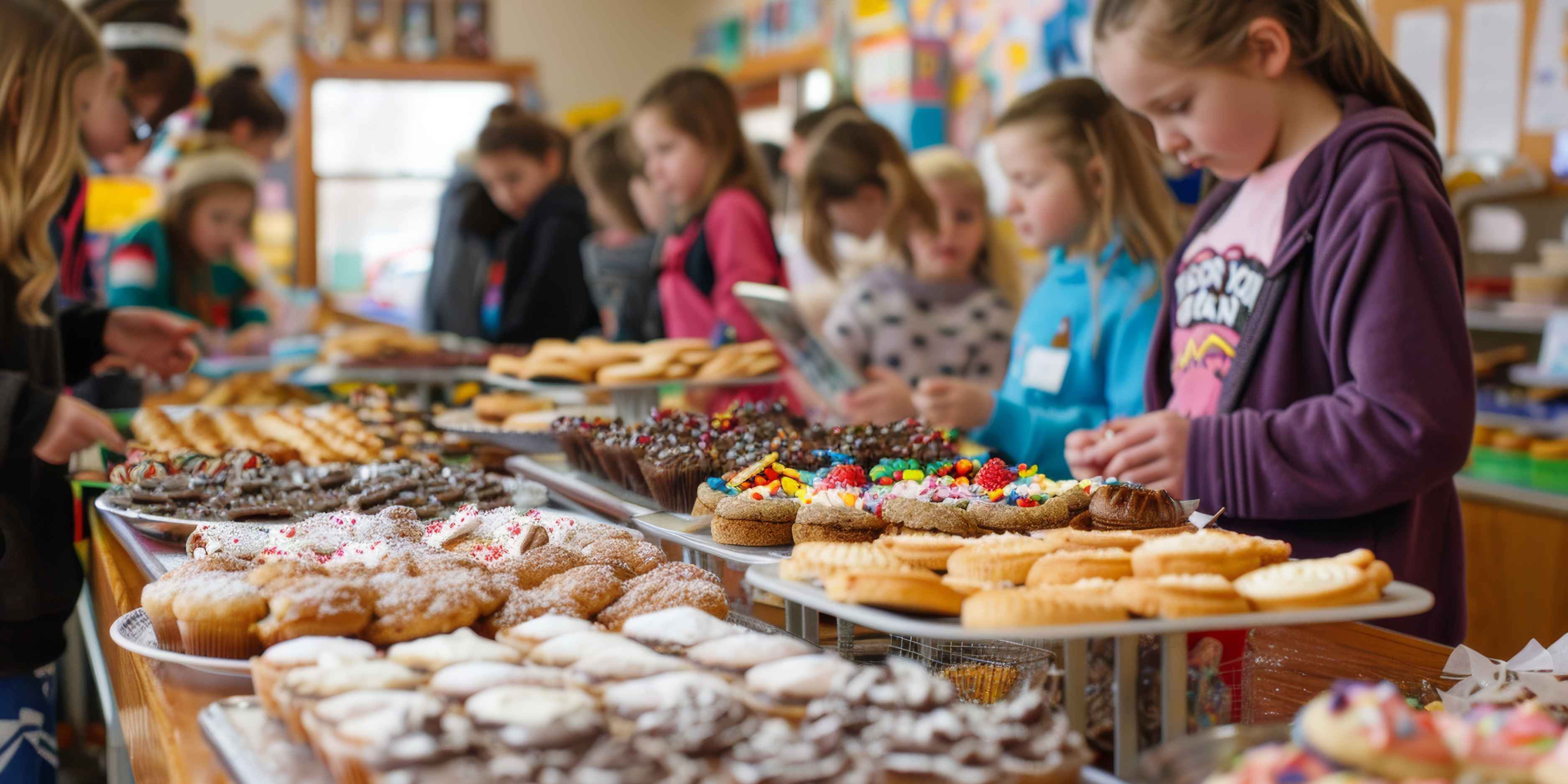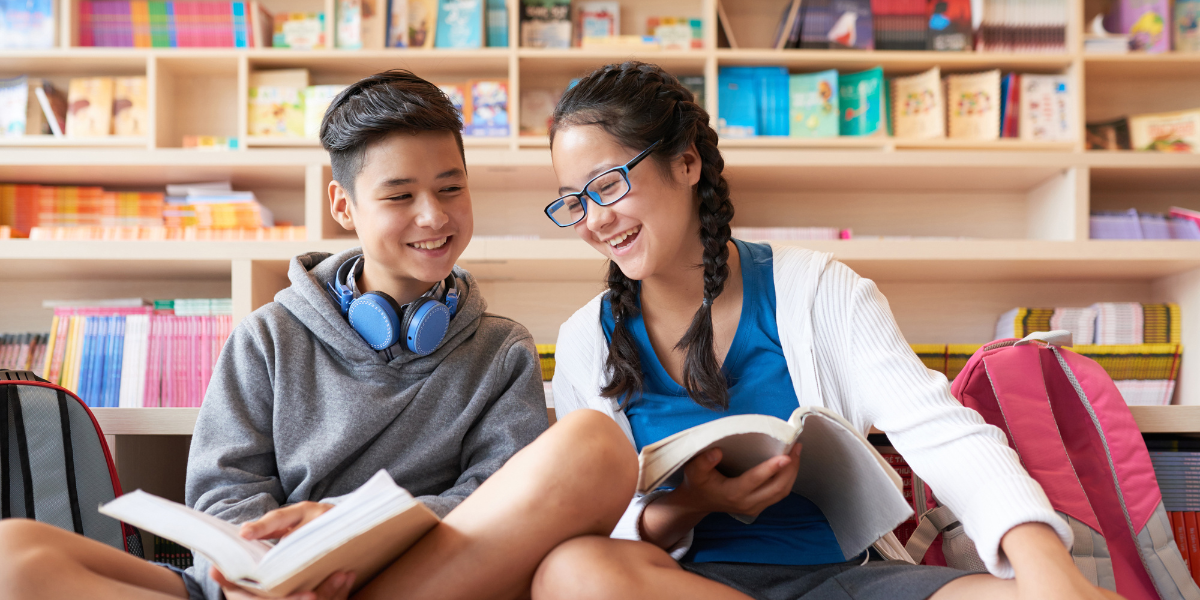
Why Do My Eyes Play Tricks on Me? The Science Behind Optical Illusions
Ever stared at something so long you weren’t sure what you were seeing anymore? That’s the wild world of optical illusions at work! If you’re looking for a fun optical illusion science activities for kids, you’re in for a treat.
Think of your eyes and brain as dance partners – they’re constantly working together to make sense of the world around you. Sometimes though, this dance gets a little messy, and that’s where the magic happens. Our visual perception isn’t perfect (thank goodness, or we’d miss out on all the fun!). When our brain interpretation takes a shortcut, we end up seeing things that aren’t quite what they seem.





